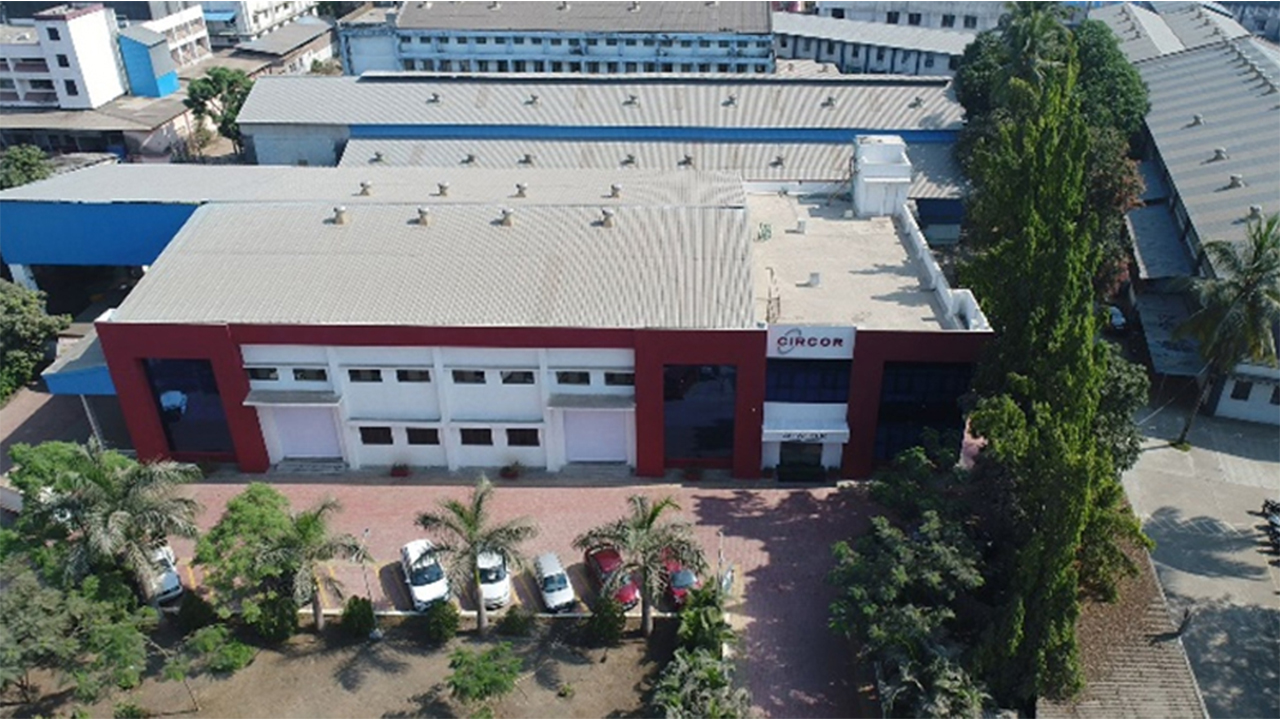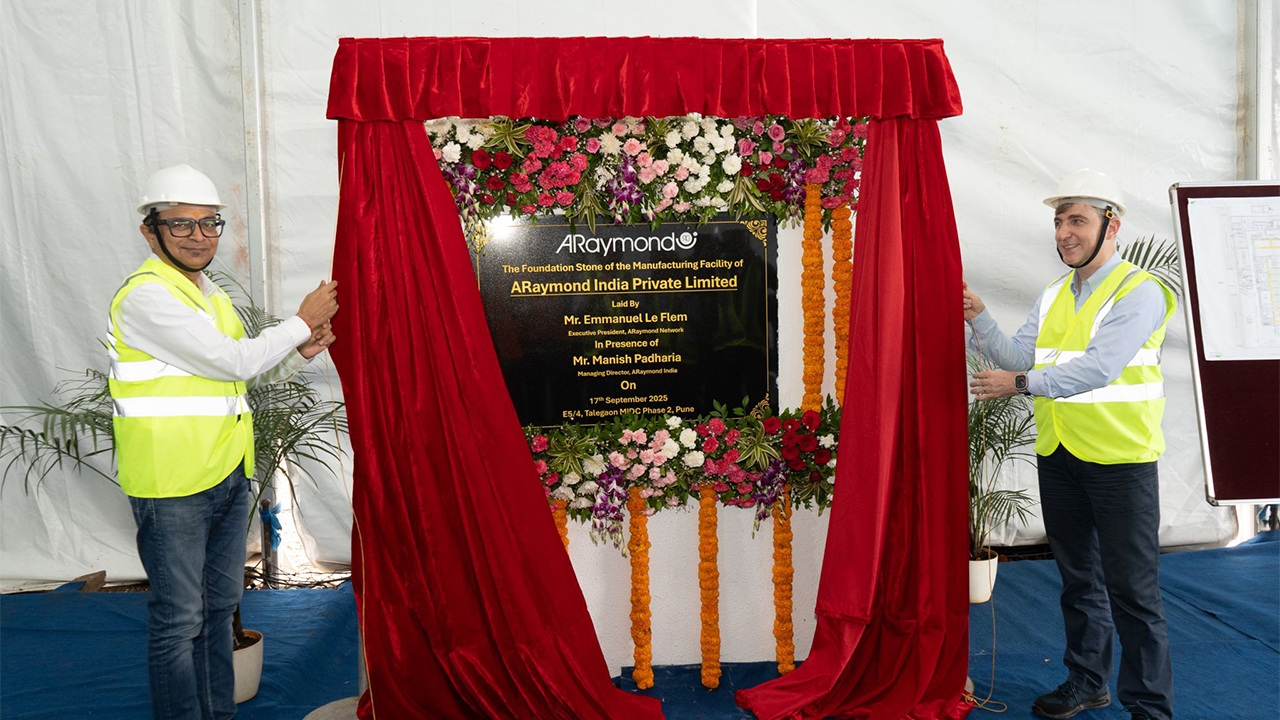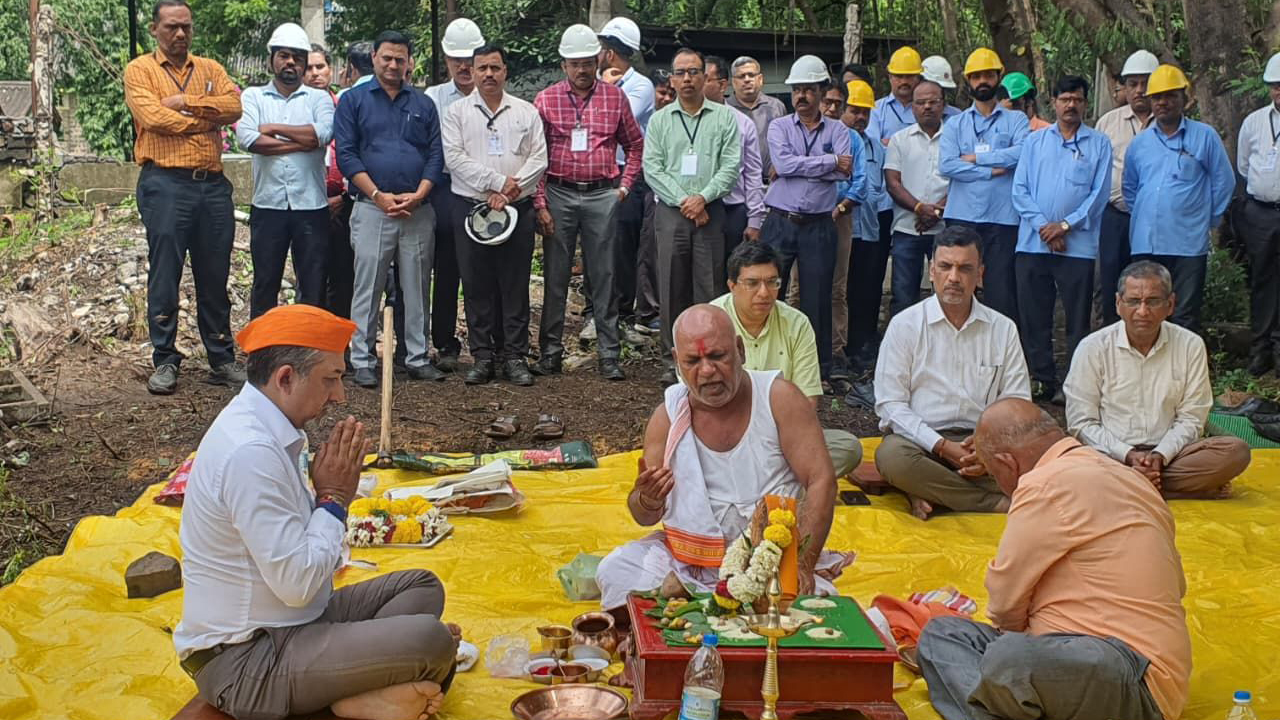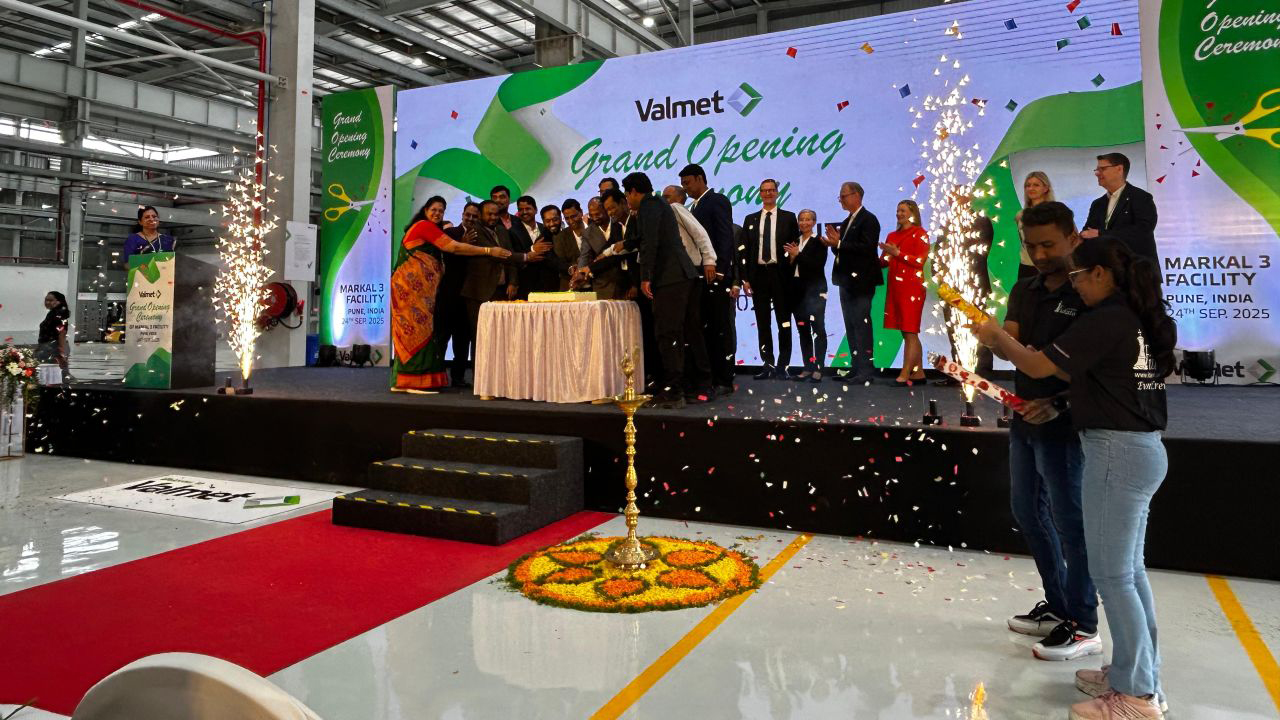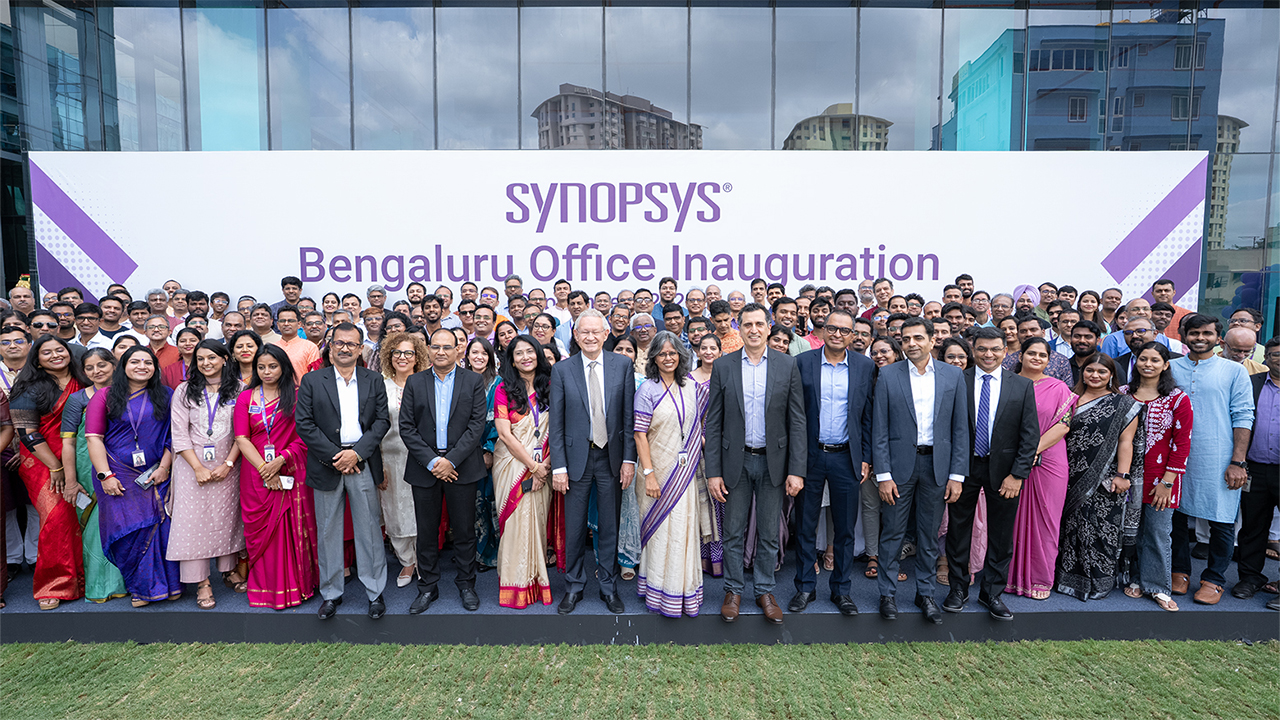Indian Manufacturing PMI Indicates Continued Growth Even in the Month of July 2023
#PMI #IndianManufacturing #ManufacturingGrowth #MarketIntelligence“All in all, the Indian manufacturing sector has maintained its position as one of the star performers globally, bucking the trend of demand weakness seen in other parts of the world.” - Andrew Harker, Economics Director at S&P Global Market Intelligence

August 2023 : The Indian manufacturing sector maintained strong growth momentum at the start of the third quarter amid ongoing buoyant demand. Rates of expansion in output and new orders were only marginally softer than in June, with firms expanding their employment and purchasing activity accordingly. Cost inflationary pressures remained relatively muted. The seasonally adjusted S&P Global India Manufacturing Purchasing Managers’ Index® (PMI®) posted 57.7 in July, broadly in line with the reading of 57.8 in June. The index signalled a further substantial improvement in the health of the sector. Business conditions have now strengthened in each of the past 25 months.
Reports of demand improvements were widespread across the latest survey, and resulted in another marked expansion of new orders in the sector. The rapid increase was broadly in line with that seen in the previous survey period. Meanwhile, growth in new export business picked up to the fastest since last November. Respondents noted increases in new orders from customers in the US and neighbouring countries such as Bangladesh and Nepal.
With new orders up sharply again, manufacturers expanded production accordingly. Output has increased continuously on a monthly basis since July 2021. The latest rise was substantial, albeit the softest in three months. Firms responded to greater workloads by taking on extra staff. The solid pace of job creation was broadly in line with those seen in May and June. This expansion in capacity was not sufficient to prevent a further build-up in backlogs of work, however, given the strength of the rise in new orders. Outstanding business increased for the nineteenth successive month, albeit only slightly.
Andrew Harker, Economics Director at S&P Global Market Intelligence, said: “The Indian manufacturing sector showed little sign of losing growth momentum in July as production lines continued to motor on the back of strong new order growth. Pressure continued to come on capacity, prompting firms to expand employment solidly again, a trend that is likely to continue in the months ahead should demand remain strong. All in all, the Indian manufacturing sector has maintained its position as one of the star performers globally, bucking the trend of demand weakness seen in other parts of the world.”
Efforts to satisfy new orders led firms to dip into inventory holdings again in July. Stocks of finished goods have now decreased on a monthly basis throughout the past six years, although the latest fall was only slight. Purchasing activity continued to be ramped up at the start of the third quarter, with growth only slightly softer than the 12-year peak seen in May. Stocks of purchases also rose rapidly as companies expressed a desire to build inventories given the buoyant demand environment.
Manufacturers were helped in their efforts to build stocks by a speeding up of deliveries from suppliers. Lead times shortened for the fifth month running, albeit marginally. The rate of input cost inflation accelerated to a nine-month high in July, but remained softer than the series average. Where input prices increased, panellists reported higher costs for raw materials, in particular cotton. These higher prices for raw materials, plus rising labour costs, led firms to increase their selling prices. The rate of inflation was solid, but eased to a three-month low. Firms generally expect demand to remain elevated over the coming year, supporting projections for growth of production.
There were some reports that customers had responded well to recent new order deliveries and were expected to commit to more over the coming months. Confidence was slightly lower than that seen in June, but remained above the series average. Around 32 percent of respondents predicted a rise in output, with just two percent pessimistic.
NEWSLETTER
TRENDING ON PRO MFG
MORE FROM THE SECTION




